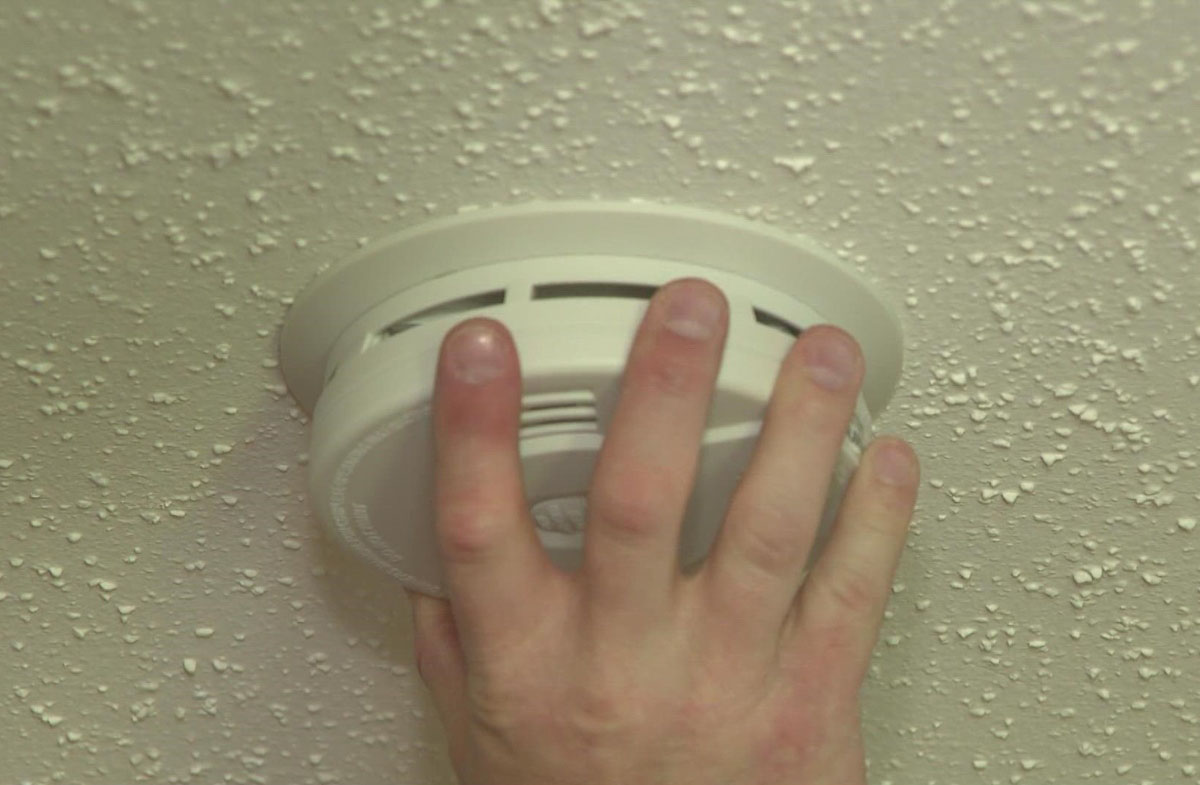

Articles
How To Block A Smoke Detector
Modified: February 24, 2024
Learn how to block a smoke detector in this informative articles. Find out the necessary steps to disable a smoke alarm safely and efficiently.
(Many of the links in this article redirect to a specific reviewed product. Your purchase of these products through affiliate links helps to generate commission for Storables.com, at no extra cost. Learn more)
Introduction
Smoke detectors are essential devices that help protect homes and businesses by detecting the presence of smoke and alerting occupants of potential fire hazards. However, there may be situations where temporarily blocking a smoke detector becomes necessary. This article will provide a comprehensive guide on how to block a smoke detector safely and responsibly.
While it is crucial to understand the reasons for blocking a smoke detector, it is equally important to prioritize safety and take precautions to prevent any potential risks. By following the step-by-step instructions and considering alternative methods to prevent false alarms, you can effectively address the specific circumstances that may require blocking a smoke detector.
Before proceeding, it is essential to note that blocking a smoke detector should only be a temporary solution. Smoke detectors play a critical role in ensuring the safety of a building and its occupants, so it is crucial to remove any obstructions as soon as the situation allows.
In the sections below, we will explore the various aspects of blocking a smoke detector, including the reasons behind such a decision, safety considerations, and alternative methods you can use to prevent false alarms. By the end of this article, you will have a comprehensive understanding of how to block a smoke detector effectively while prioritizing safety.
Key Takeaways:
- Blocking a smoke detector should only be a temporary solution for specific situations, such as renovations or cooking activities. Prioritize safety, inform occupants, and promptly unblock the detector once the situation allows.
- Consider alternative methods to prevent false alarms, such as relocating the detector or installing a heat detector. Blocking a smoke detector can lead to delayed fire detection and legal consequences, so use this measure responsibly.
Read more: How To Smoke In A Room With A Smoke Detector
Understanding Smoke Detectors
Before delving into how to block a smoke detector, it is important to have a basic understanding of how these devices work. Smoke detectors are electronic devices designed to detect smoke particles in the air. They consist of two main components: a sensor and an alarm system.
The sensor in a smoke detector is typically a photoelectric or ionization sensor. Photoelectric sensors use a beam of light to detect smoke particles, while ionization sensors use a small amount of radioactive material to create a current that is disrupted by smoke particles.
When smoke particles enter the sensor chamber, they interfere with the sensor’s ability to detect light or disrupt the electrical current. This triggers the alarm system, which produces a loud sound or flashing lights to alert occupants of the potential fire hazard.
Smoke detectors are often installed in various areas of a building, including bedrooms, hallways, and common areas. They are typically connected to a central control panel or wired together to ensure that all occupants are alerted in the event of a fire.
However, smoke detectors are not infallible, and there are instances where they can produce false alarms. These false alarms can be triggered by various factors, such as excessive dust, steam, cooking fumes, or even insects. In certain situations, temporarily blocking a smoke detector may be necessary to avoid unnecessary alarms.
Now that we have a basic understanding of how smoke detectors function, let’s explore the reasons why someone may need to block a smoke detector temporarily.
Reasons for Blocking Smoke Detectors
While smoke detectors are crucial for fire safety, there are specific scenarios where blocking a smoke detector may be necessary. It is important to remember that blocking a smoke detector should only be a temporary solution and should not be done without a valid reason. Here are some common reasons why someone may need to block a smoke detector:
- Renovations or Construction: During renovations or construction work, excessive dust, debris, or fumes can trigger false alarms in smoke detectors. Blocking the smoke detector temporarily with a protective cover can prevent unwanted alarms during the construction process.
- Cooking or Smoke-Producing Activities: Smoke detectors located in close proximity to kitchens or areas where smoke-producing activities occur, such as grilling or smoking food, can be triggered frequently. Temporarily blocking the smoke detector during these activities can help prevent unnecessary alarms.
- Ventilation or Airflow Issues: Smoke detectors that are located near areas with poor ventilation or significant airflows, such as bathrooms or near HVAC vents, can be prone to false alarms. Blocking the detector temporarily in these situations can prevent the airflow from triggering the alarm unnecessarily.
- Testing or Maintenance: During maintenance or testing of the smoke detector system, temporarily blocking a specific detector may be necessary to prevent false alarms during this process. However, it is crucial to ensure that the detector is unblocked once the testing or maintenance is completed.
- Pets: In some cases, pets can accidentally trigger smoke detectors, especially if they have access to certain areas where detectors are installed. Temporarily blocking the detector with a pet-proof cover can help prevent false alarms caused by pets.
It is important to note that while these reasons may justify the temporary blocking of a smoke detector, it should always be done responsibly and with prioritization of safety. Blocking a smoke detector should never be a permanent solution and should only be considered when other measures to prevent false alarms have been exhausted.
Now that we understand the reasons behind blocking smoke detectors, let’s move on to the important safety considerations when it comes to this practice.
Safety Considerations
While it may be necessary to block a smoke detector temporarily, it is essential to prioritize safety and take certain precautions to ensure that the temporary obstruction does not compromise the overall fire safety of the building. Here are some important safety considerations to keep in mind:
- Notify Occupants: Before blocking a smoke detector, it is crucial to inform all occupants of the temporary obstruction, its location, and the estimated duration. This ensures that everyone is aware of the situation and can take necessary precautions in case of a fire.
- Ensure Alternative Measures: When blocking a smoke detector, it is important to ensure that alternative fire safety measures are in place. This can include having nearby working smoke detectors that are not obstructed, ensuring the availability of fire extinguishers, and implementing an evacuation plan.
- Regular Monitoring: While a smoke detector is temporarily blocked, it is essential to regularly monitor the area for any signs of smoke or fire. This can be done by visually inspecting the area, using a smoke-masking device, or installing a temporary smoke detector in close proximity.
- Remove Obstruction Promptly: The temporary obstruction should be removed as soon as the situation permits. It is crucial to unblock the smoke detector promptly to ensure that it can function properly and provide early warning in case of a fire.
- Decisive Action: In the event of a fire, it is essential to take immediate action, regardless of whether a smoke detector is obstructed or not. Follow the established emergency procedures, evacuate the building, and contact the appropriate authorities to handle the situation.
By keeping these safety considerations in mind, you can ensure that the blocking of a smoke detector is carried out responsibly and with the utmost regard for the safety of the building and its occupants.
Now that we have discussed the safety considerations, let’s move on to the tools and materials needed to block a smoke detector temporarily.
Tools and Materials Needed
When it comes to temporarily blocking a smoke detector, you will need a few tools and materials to ensure a safe and secure obstruction. Here are the necessary items you will need:
- Protective Cover: A protective cover is an essential tool for blocking a smoke detector. It should be made of non-flammable material and should fit securely over the detector to prevent any false alarms.
- Tape: High-quality tape, such as electrical or masking tape, can be used to secure the protective cover in place. Make sure to choose a tape that is resistant to heat and can be easily removed without causing damage to the smoke detector.
- Step Stool or Ladder: Depending on the height of the smoke detector, you may need a step stool or ladder to reach it and properly block it. Safety should be a priority when using a step stool or ladder, so ensure it is stable and secure before attempting to access the smoke detector.
- Label or Signage: It is important to label or put up signage indicating that the smoke detector is temporarily obstructed. This is to ensure that everyone in the building is aware of the situation and can take necessary precautions.
- Alternative Fire Safety Equipment: While blocking a smoke detector, it is essential to have alternative fire safety equipment readily available. This can include functioning smoke detectors in other areas, fire extinguishers, and a well-practiced evacuation plan.
Ensure that all tools and materials are readily available before attempting to block a smoke detector. By having the necessary equipment and taking the right precautions, you can effectively and safely block a smoke detector when necessary.
Now that we have covered the tools and materials needed, let’s move on to the step-by-step guide on how to block a smoke detector temporarily.
To block a smoke detector, cover it with a plastic bag or tape to prevent it from detecting smoke. However, it is important to note that tampering with smoke detectors is dangerous and can put lives at risk. It is always best to ensure that smoke detectors are properly maintained and functioning.
Read more: What Is A Smoke Detector?
Step-by-Step Guide to Blocking a Smoke Detector
Blocking a smoke detector should only be done as a temporary measure under specific circumstances. Follow these step-by-step instructions to effectively and safely block a smoke detector:
- Step 1: Assess the Situation: Determine the reason for blocking the smoke detector and ensure that it is a valid and necessary solution. Remember, blocking a smoke detector should only be a temporary measure.
- Step 2: Gather the Necessary Tools and Materials: Ensure you have the protective cover, tape, step stool or ladder, and any other required tools and materials mentioned earlier.
- Step 3: Read the Manufacturer’s Instructions: Before blocking the smoke detector, read the manufacturer’s instructions to understand the specific recommendations and limitations for obstructing the device.
- Step 4: Position the Step Stool or Ladder: Safely position the step stool or ladder beneath the smoke detector, ensuring that it is stable and secure for you to reach the detector.
- Step 5: Apply the Protective Cover: Place the protective cover over the smoke detector, ensuring it fits securely and covers the entire device. It should be made of non-flammable material and should not interfere with the detector’s functionality.
- Step 6: Secure the Cover with Tape: Use tape to secure the protective cover in place, ensuring that it is firmly attached to the smoke detector. The tape should be heat-resistant and easily removable without causing any damage.
- Step 7: Label or Display Signage: Clearly label or display signage near the obstructed smoke detector to inform occupants that it is temporarily out of service. This will help prevent confusion and ensure that everyone is aware of the situation.
- Step 8: Regularly Monitor the Area: While the smoke detector is blocked, regularly monitor the area for any signs of smoke or fire. Visual inspections or the use of temporary smoke-detecting devices can help ensure early detection in case of a fire.
- Step 9: Unblock the Detector Promptly: As soon as the reason for blocking the smoke detector is resolved or the temporary situation no longer exists, promptly unblock the detector to restore its functionality.
Remember, blocking a smoke detector should only be a temporary measure. It is crucial to remove the obstruction as soon as it is safe and practical to do so.
Now that you know how to block a smoke detector, let’s explore some alternative methods you can use to prevent false alarms without obstructing the smoke detector.
Alternative Methods to Prevent False Alarms
Blocking a smoke detector should only be considered as a temporary solution in specific situations. However, there are alternative methods you can try to prevent false alarms without physically blocking the smoke detector. Here are some effective alternatives:
- Relocate the Detector: If the smoke detector is frequently triggered by non-fire causes, consider relocating it to a less sensitive area. This can help reduce false alarms while still providing adequate fire detection coverage.
- Install a Heat Detector: In areas where smoke detectors are prone to false alarms, installing a heat detector can be a viable solution. Heat detectors are designed to respond to high temperatures rather than smoke, making them more suitable for environments with cooking fumes or steam.
- Use a Ventilation System: Installing or improving the ventilation system in areas prone to smoke or steam, such as kitchens or bathrooms, can help dissipate the particles and reduce the chance of triggering false alarms.
- Clean and Maintain Detectors: Regularly clean the smoke detectors to remove dust or other particles that may interfere with their functionality. Additionally, make sure to replace the batteries according to the manufacturer’s recommendations to ensure optimal performance.
- Install a Smoke Detector Cover: Instead of obstructing the smoke detector, consider using a transparent cover specifically designed to reduce false alarms caused by activities such as cooking or steam. These covers allow airflow while minimizing the entry of particles.
- Invest in Smart Smoke Detectors: Smart smoke detectors utilize advanced technology to distinguish between real fire threats and harmless factors that cause false alarms. They can be programmed to detect specific fire signatures, reducing false alarms significantly.
These alternative methods can help minimize false alarms without resorting to physically blocking the smoke detector. It is important to choose the most suitable solution based on the specific circumstances and needs of your environment.
Now that we have explored alternative methods, let’s examine the potential consequences of blocking a smoke detector.
Consequences of Blocking Smoke Detectors
While blocking a smoke detector may seem like a convenient solution in certain situations, it is important to understand the potential consequences that can arise from this action. Here are some possible repercussions of obstructing a smoke detector:
- Delayed Fire Detection: Blocking a smoke detector can significantly delay the detection of a fire. Smoke detectors are designed to provide early warning, enabling occupants to evacuate and authorities to respond promptly. Obstruction can hinder this crucial function, putting lives and property at risk.
- Inadequate Fire Safety: By blocking a smoke detector, you are compromising the overall fire safety of the building. In the event of a fire, the obstructed detector may fail to alert occupants, hampering their ability to evacuate safely and delaying the necessary intervention from firefighters.
- Legal and Insurance Consequences: Blocking smoke detectors may have legal and insurance implications. Building codes and regulations often mandate the presence of functional smoke detectors. Blocking them may result in non-compliance, leading to penalties or invalidation of insurance claims.
- False Sense of Security: Blocking a smoke detector can create a false sense of security for occupants, leading them to believe they are adequately protected from fire hazards. This can result in complacency and an increased risk of injury or loss in the event of a fire.
- Liability: In the event of a fire-related incident, blocking a smoke detector can potentially lead to increased liability for property owners or occupants. Inadequate fire safety measures can be seen as negligence and may result in legal repercussions.
Considering these potential consequences, it is crucial to approach the blocking of a smoke detector with caution and a thorough understanding of the risks involved. Only resort to temporary obstruction when necessary and ensure that it is promptly resolved to restore the full functionality of the smoke detector.
Now that we have examined the potential consequences, it is important to conclude with a reminder of the importance of maintaining smoke detectors and adhering to fire safety protocols.
Conclusion
Smoke detectors play a critical role in safeguarding buildings and occupants from the dangers of fire. While there may be valid reasons to temporarily block a smoke detector, it is essential to approach this action with utmost caution and prioritize safety at all times.
In this article, we have explored various aspects of blocking smoke detectors. We learned how smoke detectors work, why someone may need to block them, the safety considerations involved, and the tools and materials required. We also discussed alternative methods to prevent false alarms and the potential consequences of blocking smoke detectors.
Ultimately, it is important to remember that blocking a smoke detector should only be a temporary solution. It should never be done without a valid reason, and it must be promptly resolved once the situation permits. Maintaining functional smoke detectors and adhering to fire safety protocols is crucial for the overall safety and well-being of occupants and properties.
By understanding how smoke detectors function and the potential risks associated with obstructing them, we can make informed decisions and take responsible actions in relation to fire safety. It is imperative to strike a balance between addressing specific circumstances that may require blocking a smoke detector while maintaining optimal fire safety measures.
Remember, when it comes to blocking smoke detectors, safety should always be the top priority. Take necessary precautions, regularly assess the situation, and unblock the detectors as soon as it is safe and practical to do so. By doing this, we can ensure the effective operation of smoke detectors, enhance fire safety, and protect lives and properties.
Frequently Asked Questions about How To Block A Smoke Detector
Was this page helpful?
At Storables.com, we guarantee accurate and reliable information. Our content, validated by Expert Board Contributors, is crafted following stringent Editorial Policies. We're committed to providing you with well-researched, expert-backed insights for all your informational needs.
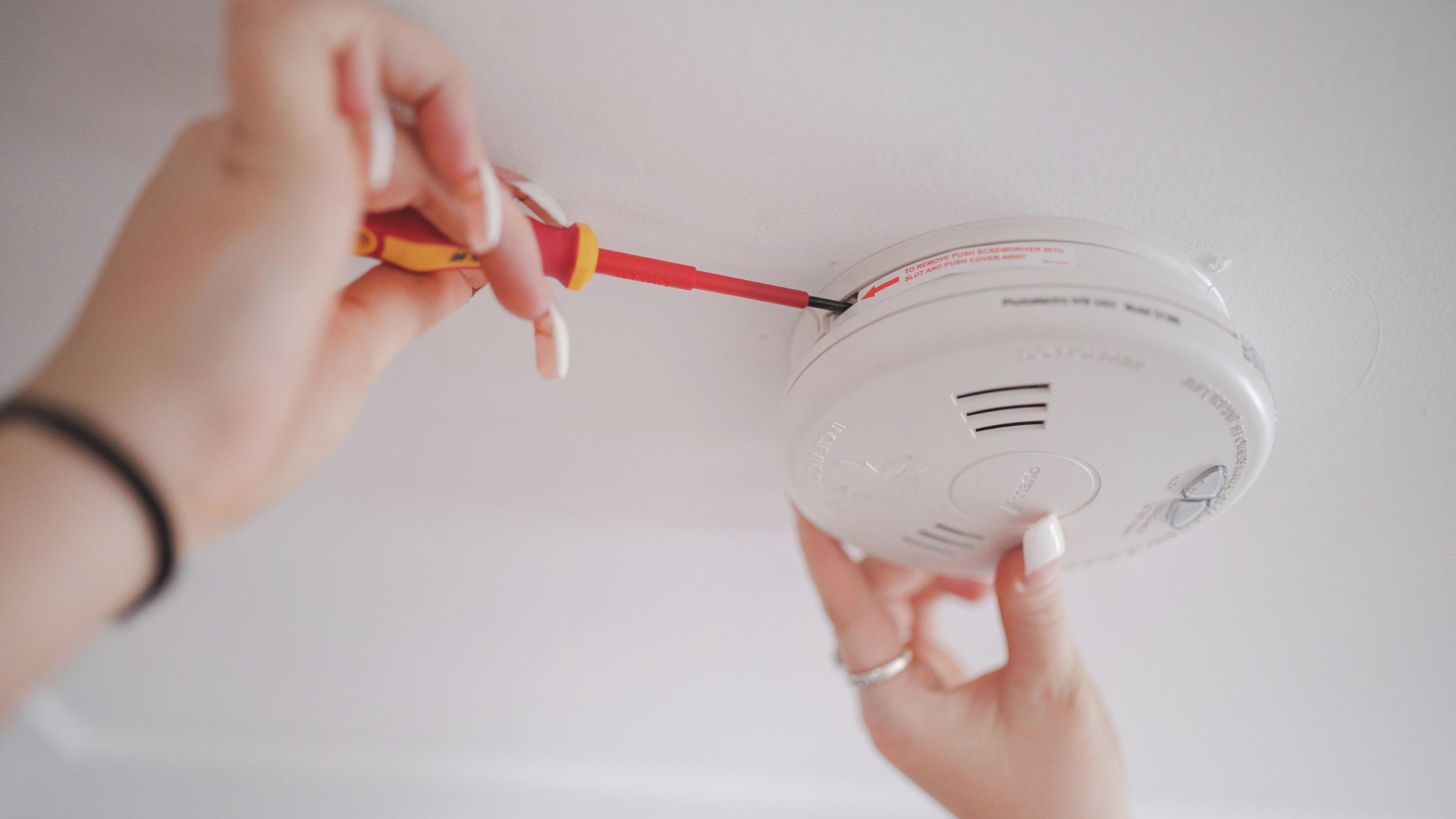
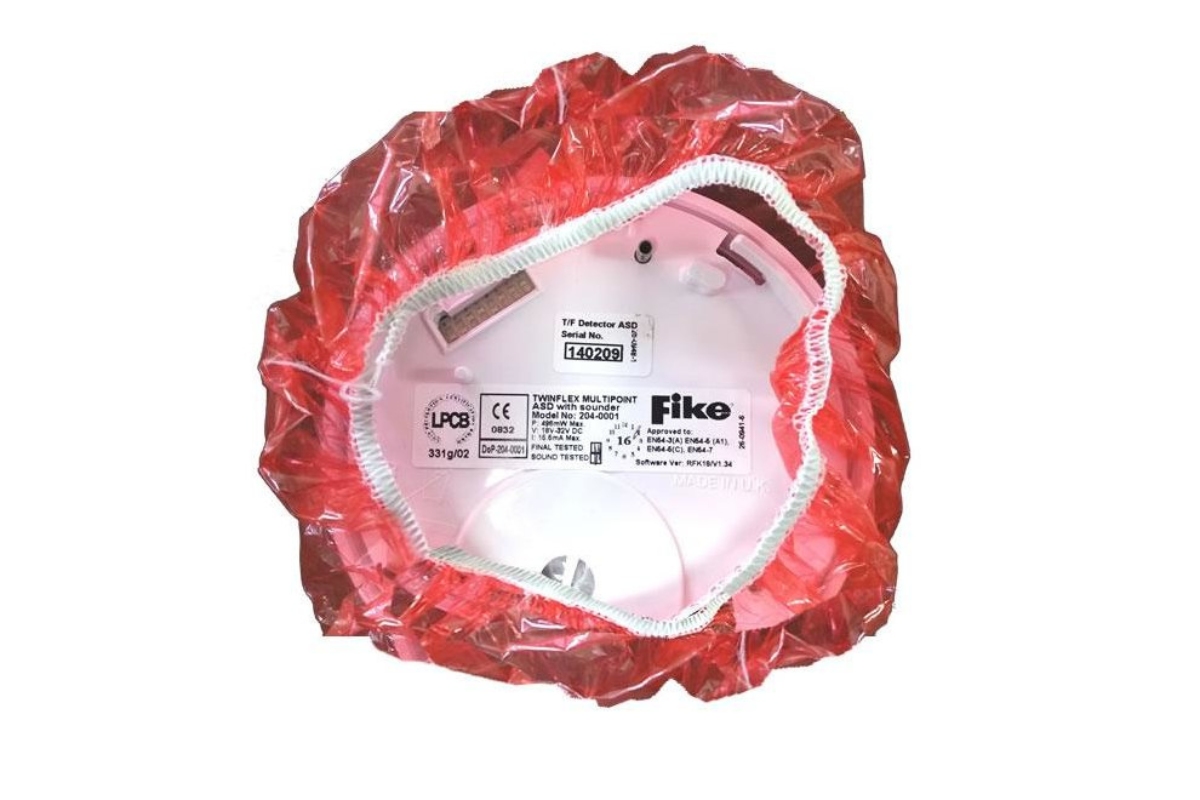
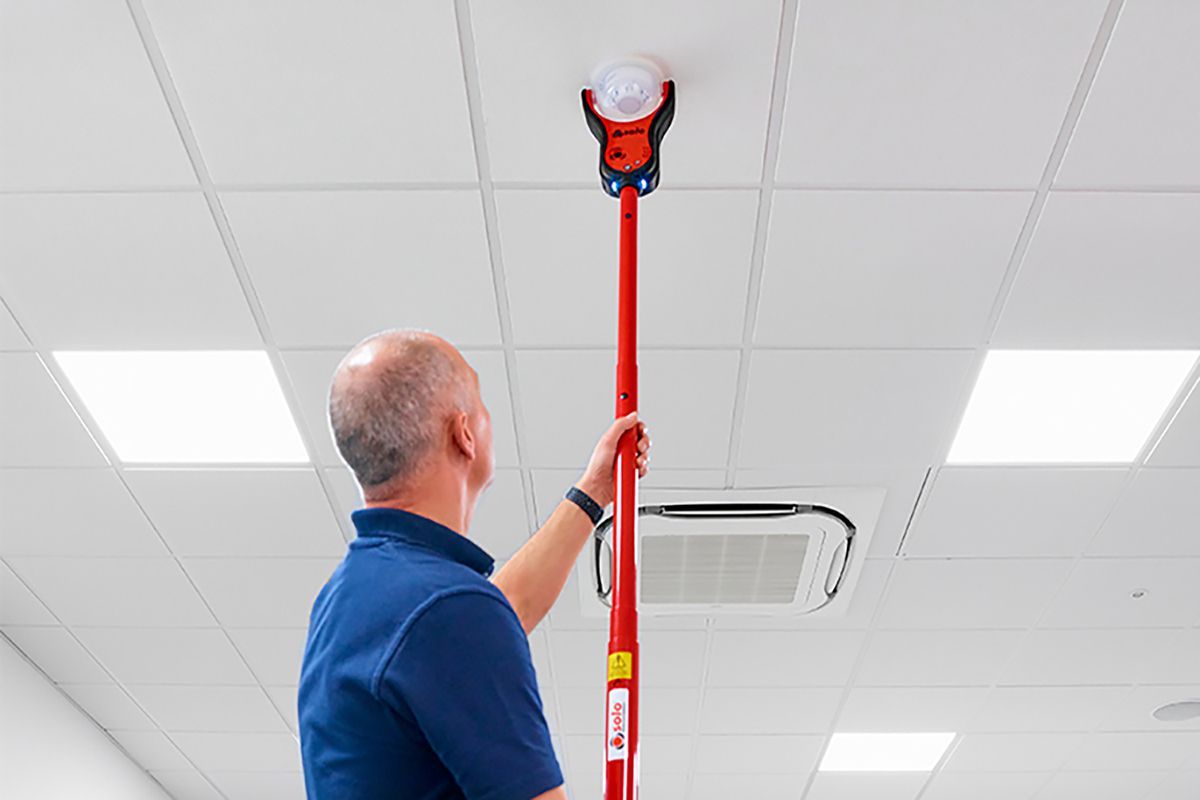
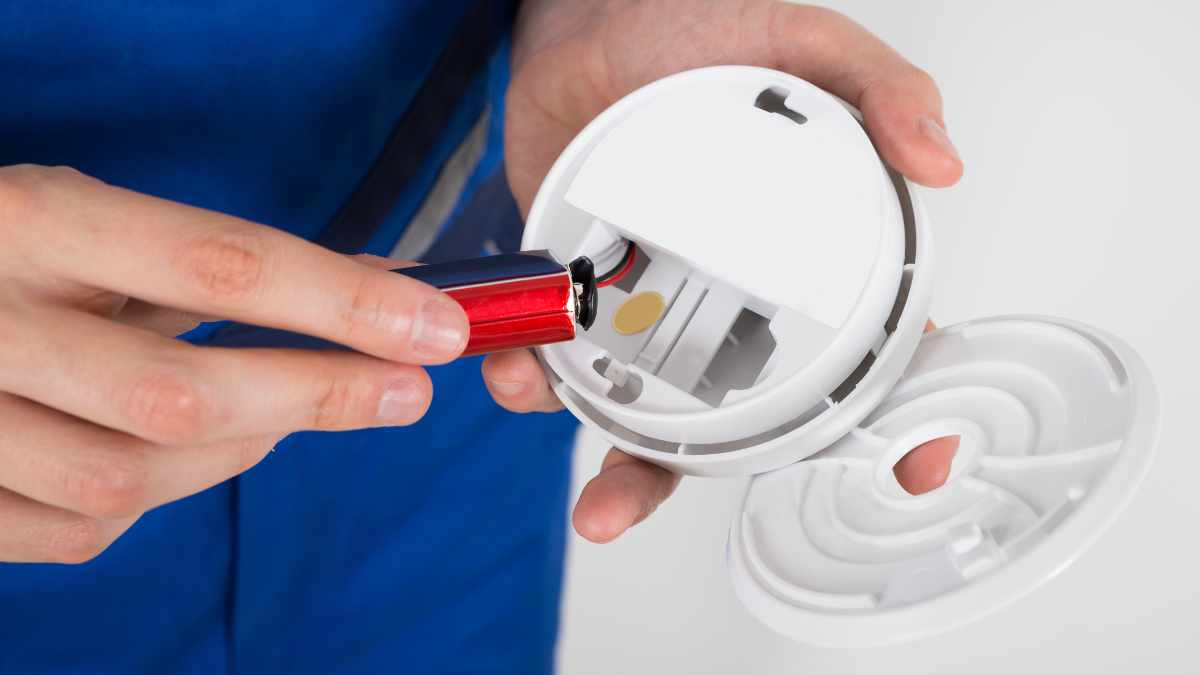
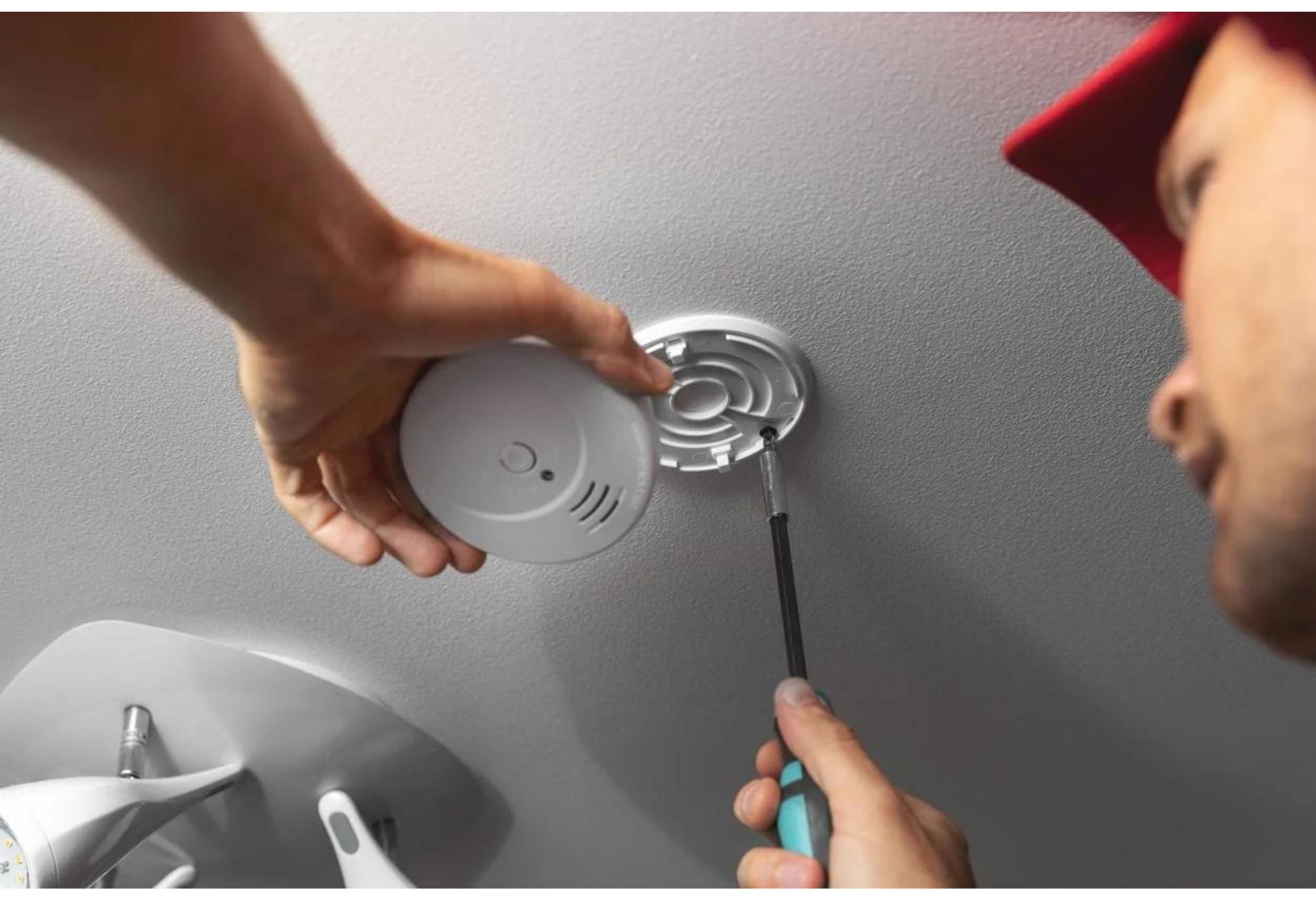
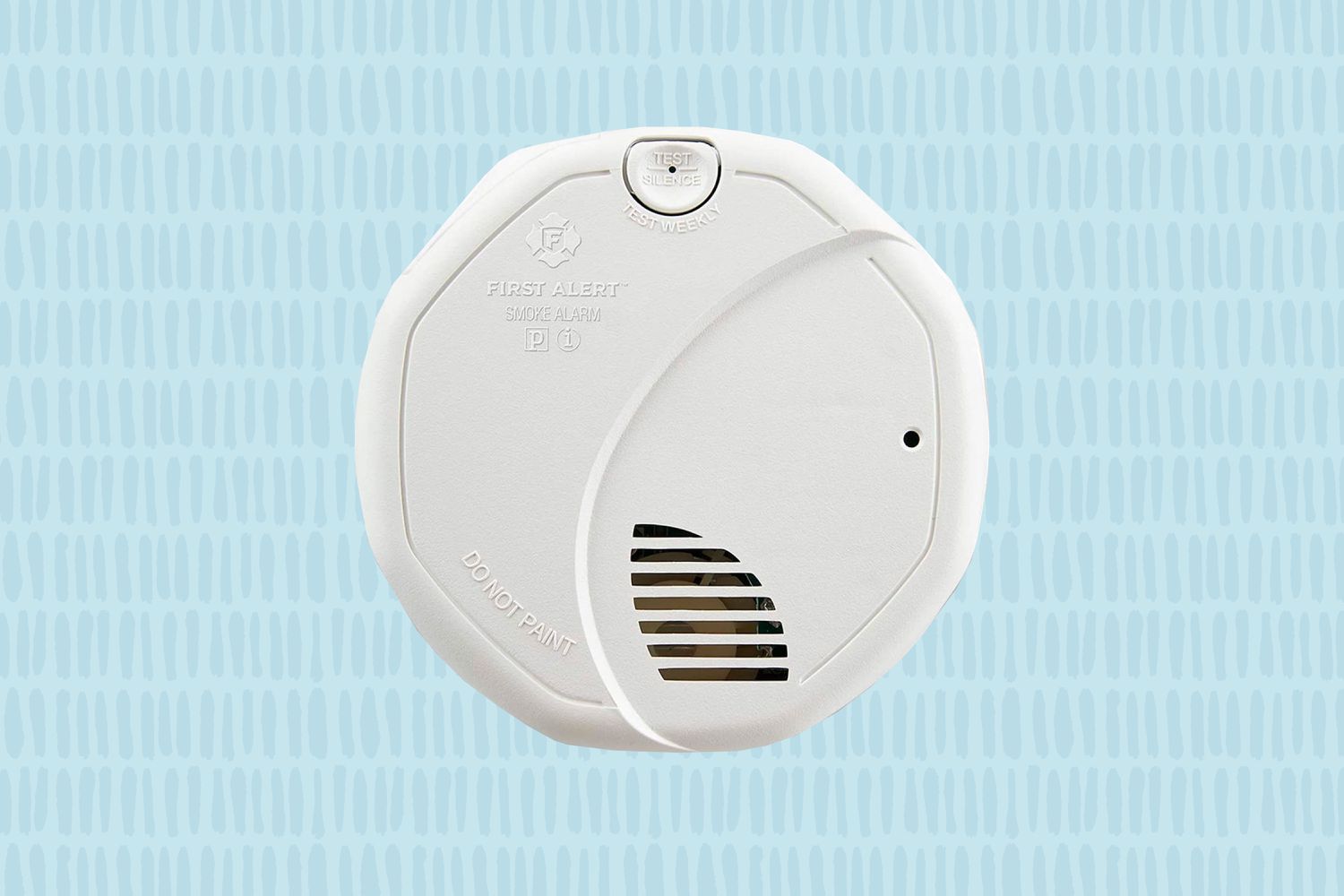
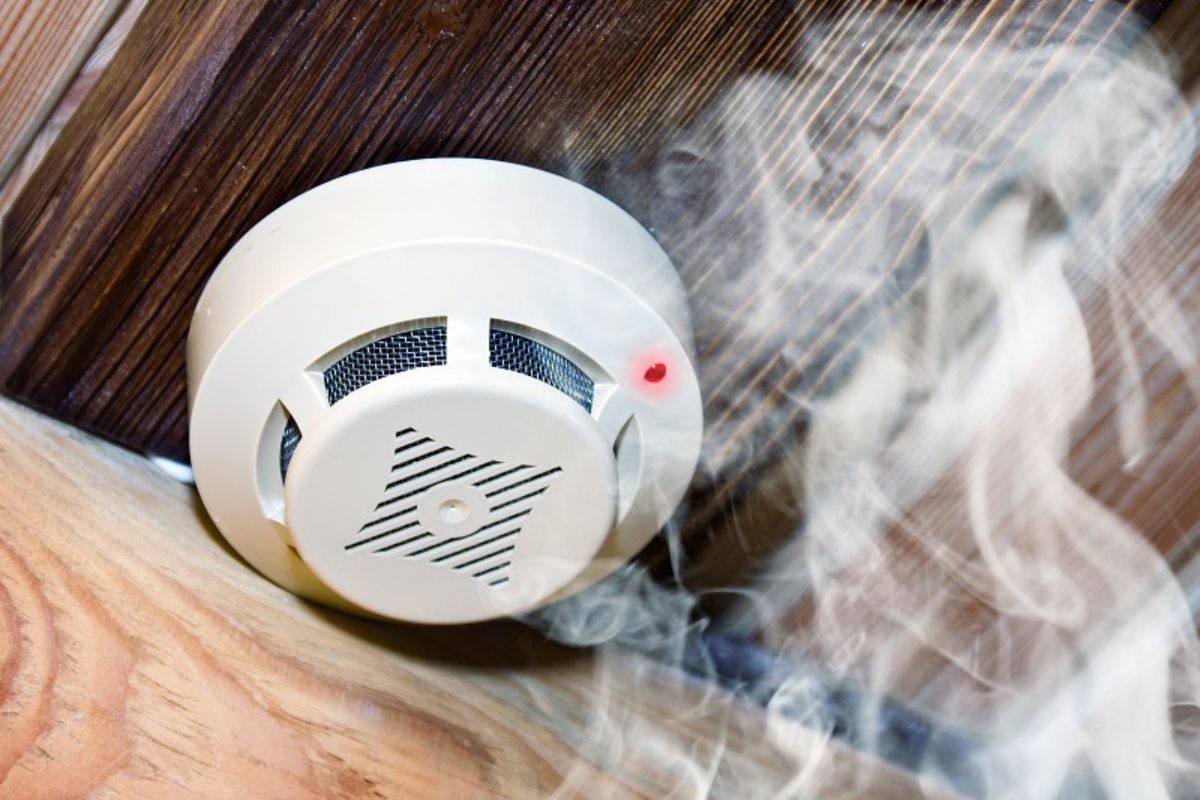
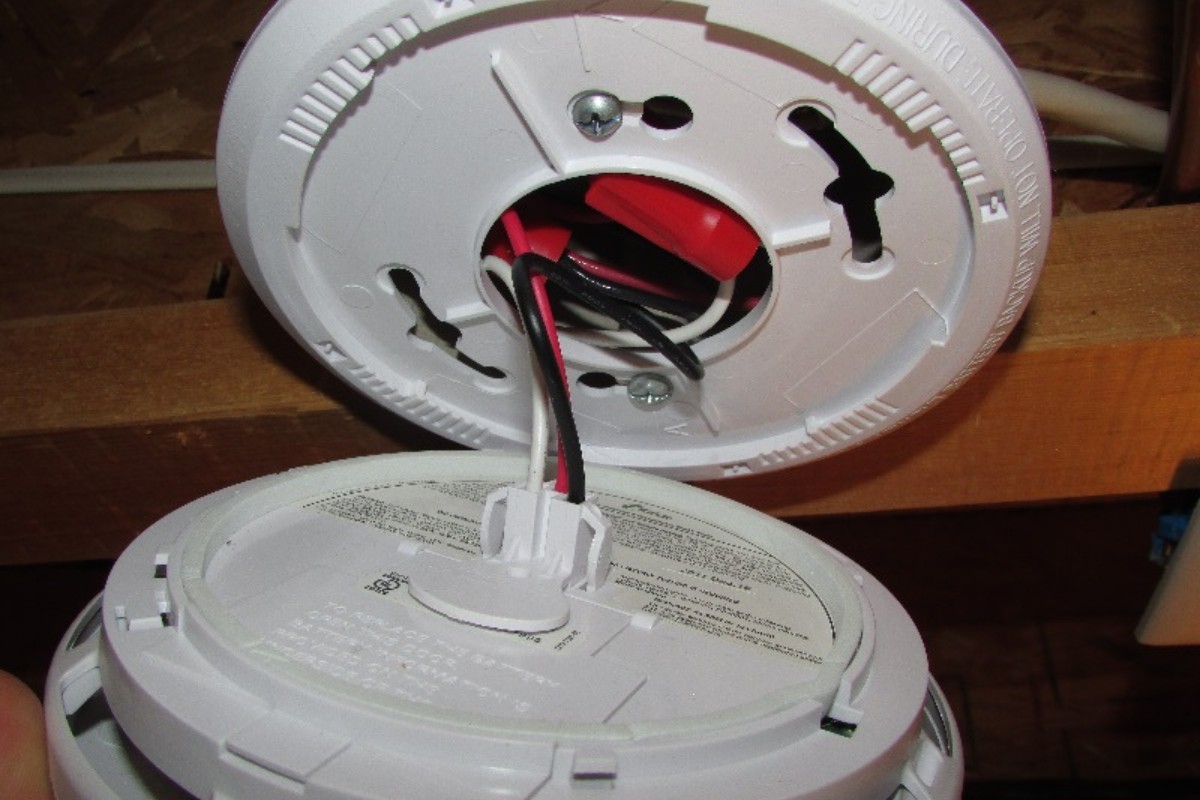
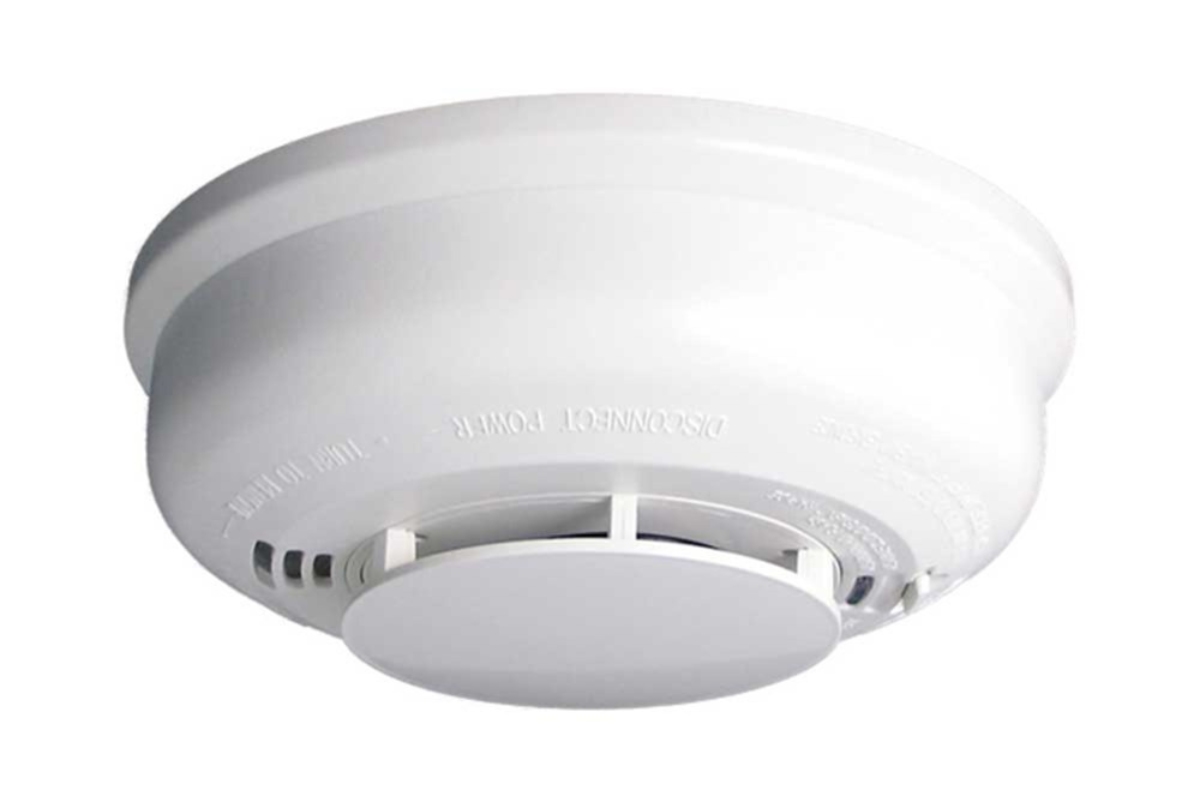
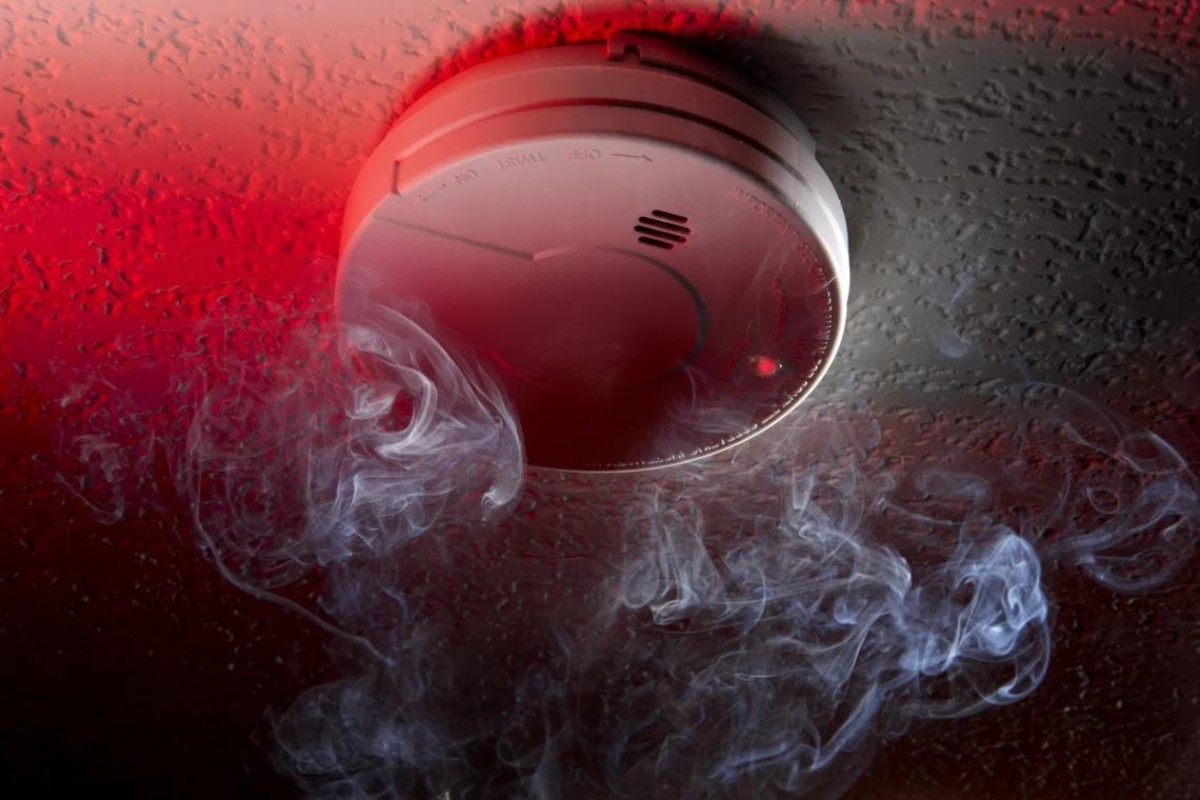
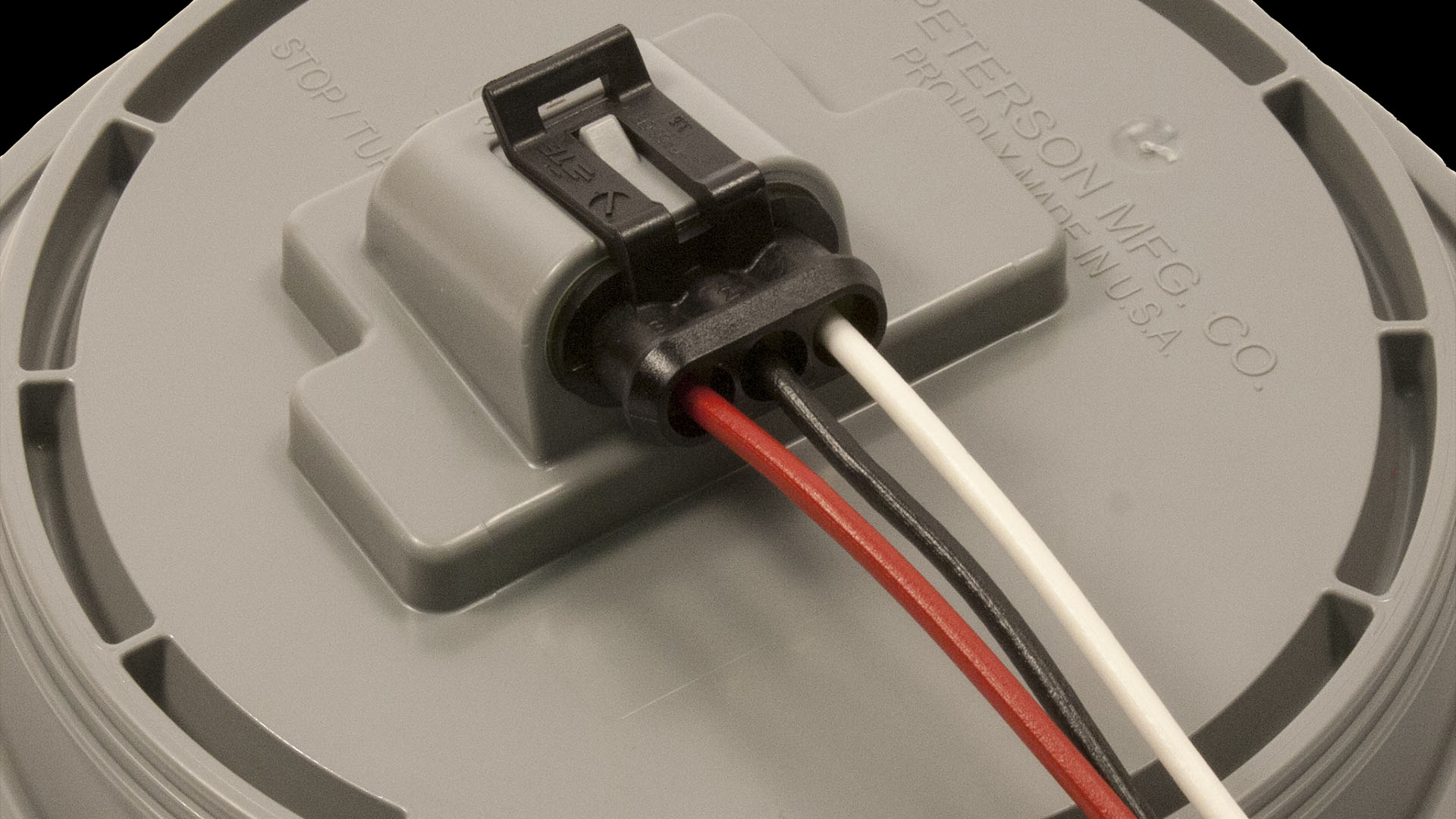

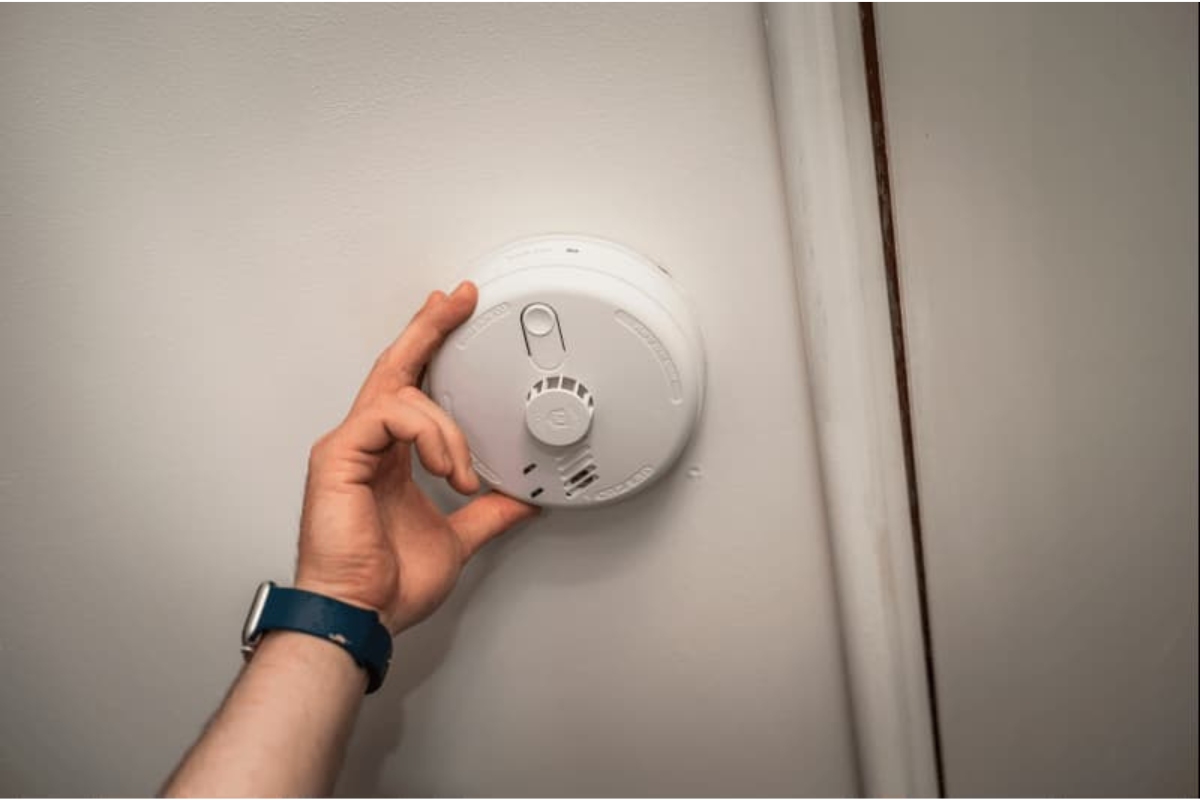
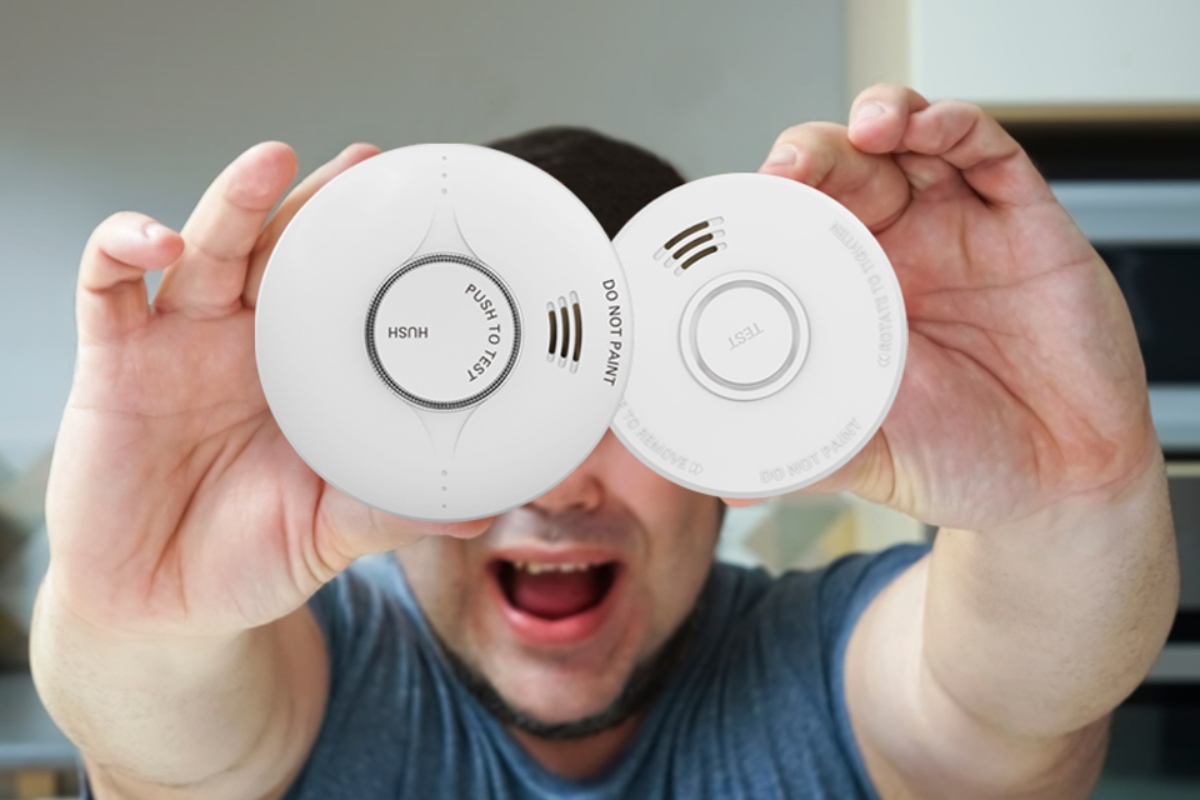

0 thoughts on “How To Block A Smoke Detector”